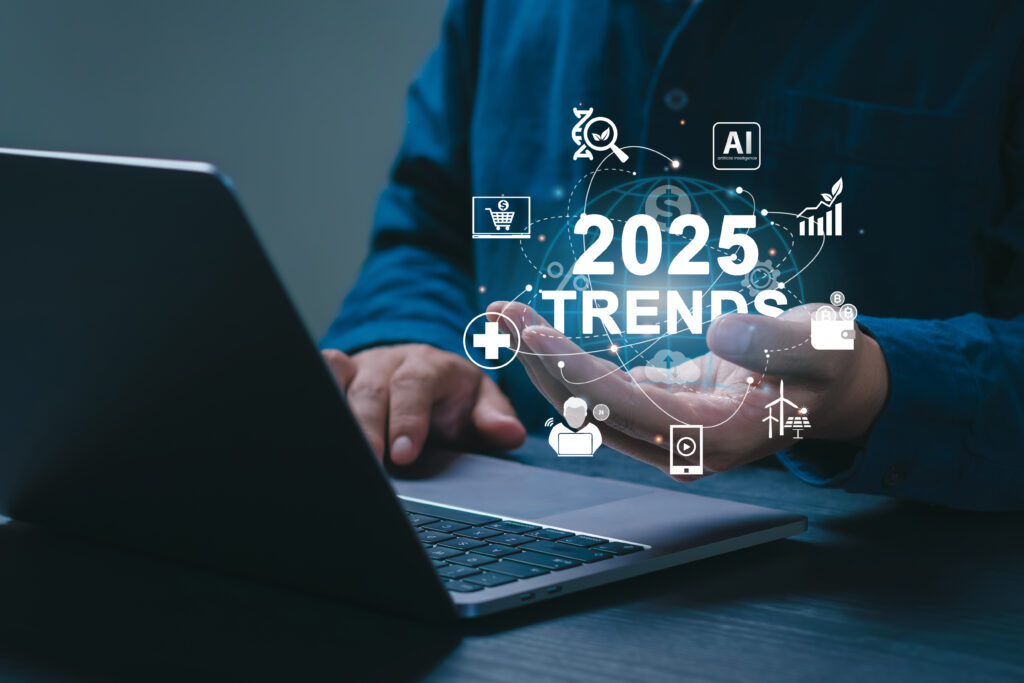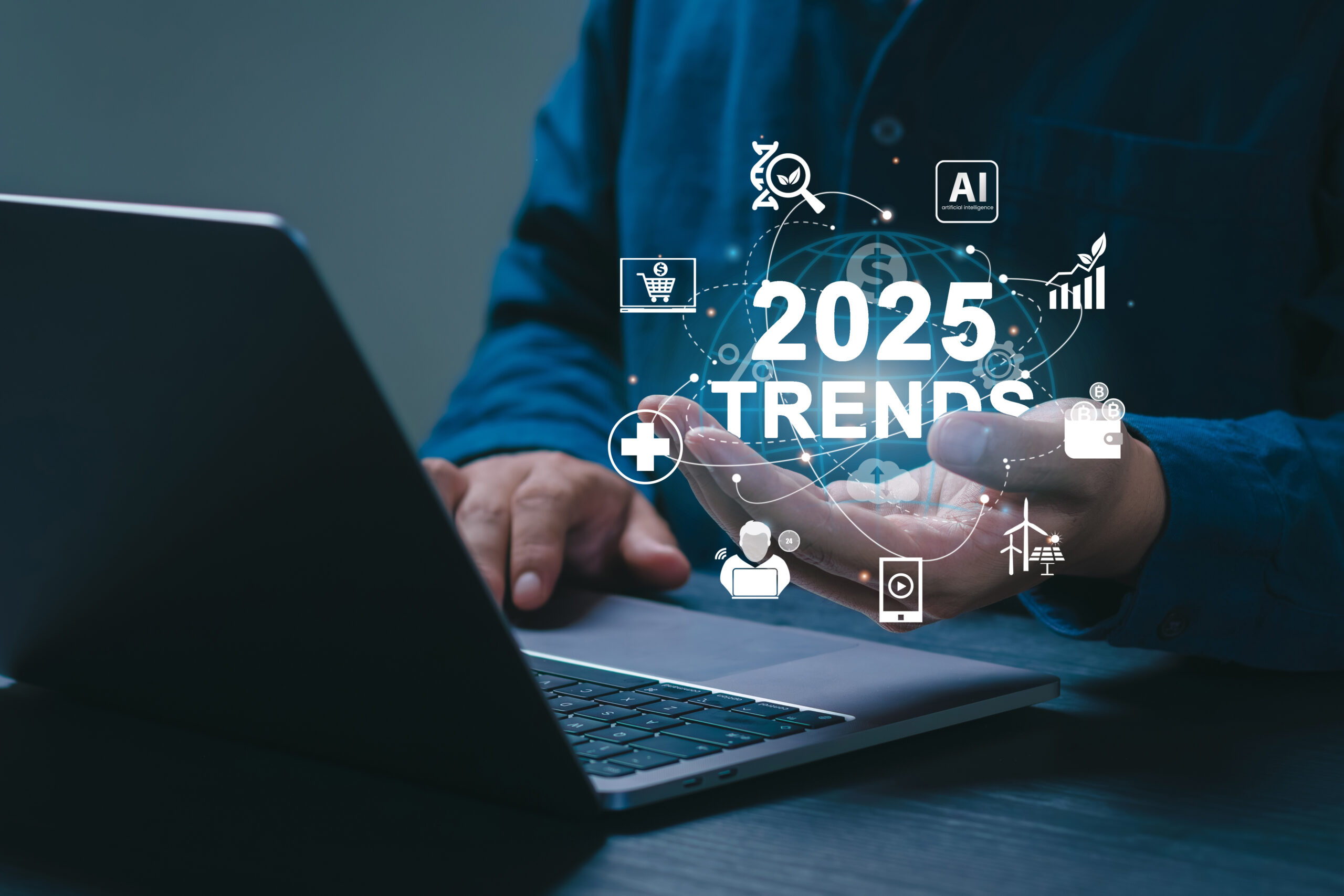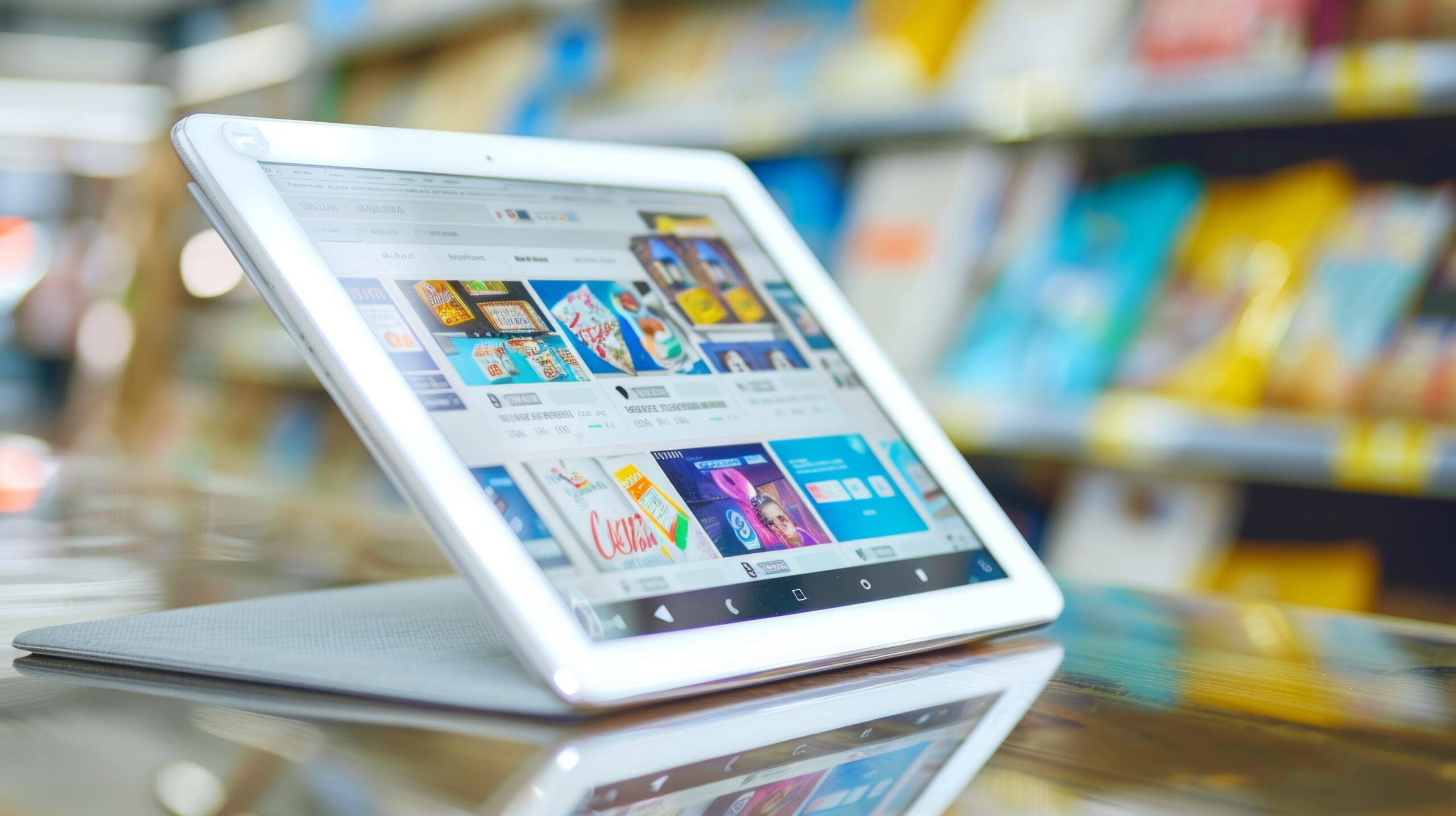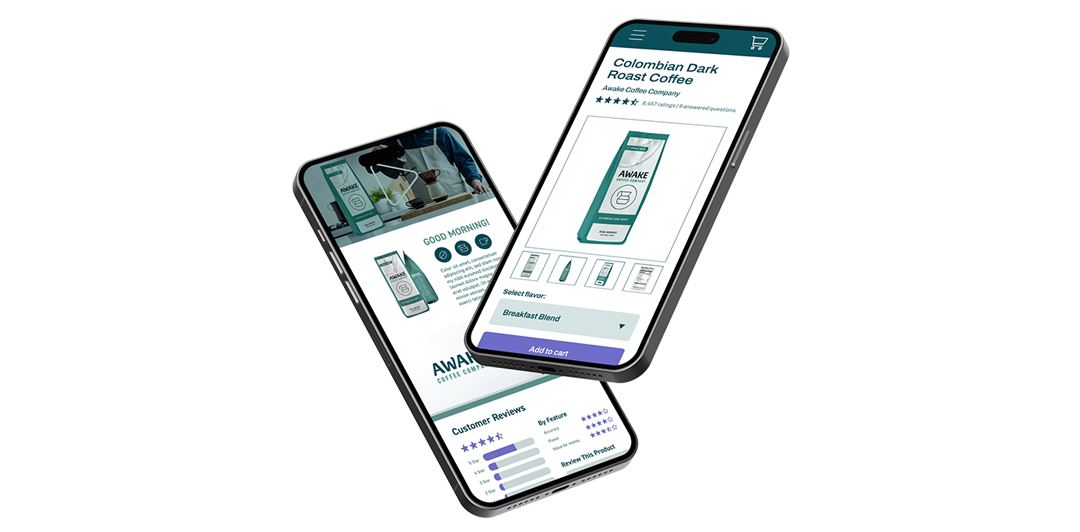The retail trends of the past inform the decisions (and successes) of brands in the present. But for brands who want to win the digital shelf in 2025, understanding emerging retail trends is key. Keeping up-to-date with retail technology trends helps brands sell more, profit more and grow more in 2025 –– and beyond.
Content Optimization Tools and Expanding Shopping Channels
Grasping technology’s role in retail trends begins with understanding the channels where consumers shop. While in-store shopping sees more purchase volume over e-commerce, most shoppers are shifting online in various categories.
1WorldSync’s 2024 Consumer Product Content Benchmark Report surfaced the following insights:
- 41% more shoppers shopped through E-commerce sites and marketplaces like Amazon, Walmart and Target this year than last
- 37% of consumers who often or always order groceries online shopped through delivery/courier services more this year compared to last
- 73% of consumers have purchased items online that they previously only or mostly ever bought in-store, up from 66% last year
This surge in e-commerce traffic directly impacts the technologies brands use to reach and engage consumers. As online shopping becomes more competitive, brands must adopt advanced tools to meet evolving expectations, specifically regarding product content.With more shoppers conducting extensive product research online, brands must ensure their digital product content is accurate, consistent and optimized across platforms. High-quality descriptions, images, videos and specifications help consumers make informed decisions and reduce cart abandonment as they shop from their devices, both in-store and away. Product data management tools optimize content across platforms, ensuring brands stay competitive and visible on all channels where today’s consumers shop.
2D Barcodes: Pre- and Post-Purchase Engagement
In the past, product content was created primarily to usher consumers toward purchase. Today, the advent of 2D barcodes enables pre- and post-purchase engagement to continue the content experience long after the shopper has the product in their hands.
1WorldSync’s recent survey found that 9 in 10 consumers use their phones to research products while shopping in-store; 51% have scanned a QR code on the product packaging to learn more. As consumers become more familiar with 2D barcodes and the content they provide, this technology becomes more and more central to customer engagement.
Traditional product packaging only allows so much data to be displayed and information conveyed. QR codes remove physical packaging limitations and allow for expansive content experiences that today’s shoppers seek. This retail technology provides in-depth rich content, including how-to and lifestyle videos, brand and company values, sustainability and sourcing information, allergens, product certifications and more. All this information not only informs the consumer while they shop but also engages them and builds trust and loyalty even after they’ve completed the transaction. QR codes are the perfect medium for ongoing marketing campaigns and branding initiatives targeting existing customers.
When brands partner with 1WorldSync, they reap the benefits of single-source content management with the capability to edit QR code content in real time. Updating certifications, adding recipes and offering coupons for future purchases: brands can update content instantly, allowing them to capitalize on their access to the consumer with barcode technology that serves as a living, breathing marketing tool. 2D barcodes promote and prioritize transparency and the consumer experience. Long after the purchase, the consumer can interact with the brand by scanning the barcode on the product. Brands will maximize impact by implementing barcodes with robust, quality product content that shoppers want to engage with.
AI Getting Up Close and Personal
Getting personalization right has long been a factor in winning the hearts and wallets of consumers. Nearly three-quarters of shoppers have come to expect personalization in their shopping experiences, and an even greater percentage are frustrated when they don’t receive it.
In 2025, personalization means more than adding a shopper’s name to a generic email. AI algorithms and consumer data empower brands to deliver experiences that go beyond personalization and into the realm of tailor-made. And when AI personalization is done well, shoppers barely have to lift a finger to complete their purchase.
Walmart is leading the way, adopting various AI-driven personalization strategies that hyper-personalize the customer journey at every stage:
- Generative AI for Product Data
Walmart uses generative AI to enhance over 850 million product data points, improving descriptions, categorization and recommendations for more relevant shopping results. - Predictive Analytics for Inventory
By analyzing sales data and trends, Walmart’s predictive analytics optimize inventory, reducing waste and stockouts and improving satisfaction. - AI-Powered Search and Recommendations
Walmart’s AI-powered search assist understands customer intent, delivering personalized, intuitive product groupings for a faster shopping experience.
AI personalization facilitates the best possible customer experiences while collecting relevant data that helps brands and retailers understand customer preferences. With that data, brands can create products and experiences that cater to consumers, allowing them to sell more.
Retail Media Networks become Standard
Retail Media Networks (RMNs) allow retailers and brands to target shoppers at all stages of the buyer’s journey, including those on the direct path to purchase. And with roughly two-thirds of product searches beginning on retailer sites, monetizing these platforms is a no-brainer for retailers.
RMNs offer brands an unparalleled opportunity to connect with engaged shoppers at various points throughout the purchase journey. By using first-party and third-party data, brands can create more personalized and relevant ads, improve conversion rates and drive customer satisfaction. For retailers offering these networks, it gives them more than just an additional revenue stream. They can leverage these platforms to deepen partnerships with brands, drive growth and provide a more personalized shopping experience for their consumers.
These new platforms have unbridled potential to reshape how brands market to and draw in customers on their e-commerce shopping journeys. Unlike traditional ads that appear on various unrelated pages during a user’s online activity, RMNs serve ads when consumers are most primed to buy, hitting a 183% higher engagement rate than average ad network impressions.
RMNs are comparatively new within the world of retail marketing and technology. Massive volumes of consumer data and a hyper-targeted approach create a lot of interest surrounding these platforms and their place in the retail tech trends of 2025.
Content: the Root of Every Retail Technology Trend
The common denominator among the retail technology trends we reviewed? Content.
Product content is a critical factor for brands seeking to own the digital shelf. Every consumer touchpoint is driven and enhanced by content: images, product descriptions, rich media and reviews and ratings. Poor content drives shoppers to competing brands, while the right content at the right time leads shoppers directly to purchase and facilitates a positive experience.
1WorldSync provides content solutions to ensure you’re ready to capitalize on the top retail technology trends of 2025 and beyond. From image creation to data organization and disbursement, QR codes and 2D barcodes, and access to the largest pool of trading partners, our solutions help you build engaging, informative, accurate and consistent content across all platforms, driving customer loyalty and trust from the very first point of contact.
Optimizing content helps you better serve shoppers, sell more products and build your company. Reach out to our team to learn how our content solutions can help you take advantage of the emerging retail technology trends coming this year.






